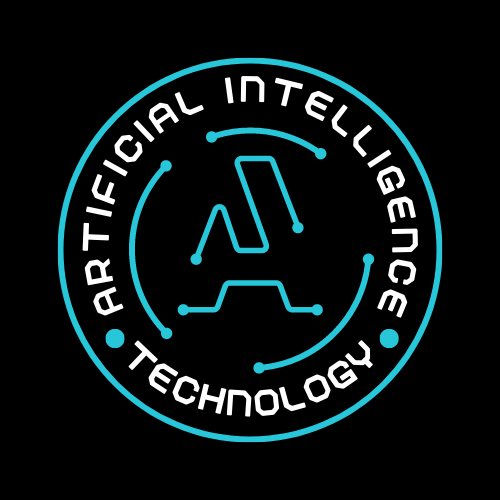The world is becoming more and more reliant on technology. Every day, new devices and software are being created to make our lives easier and more efficient. Among these technologies is Machine Learning (ML), which is quickly becoming an essential part of intelligent systems. In this blog post, we'll explore what Machine Learning is, how it works, and why it's the future of intelligent systems.
What is Machine Learning?
A subfield of artificial intelligence (AI) called machine learning enables computers to learn from experience and advance without explicit programming. In other words, it enables machines to learn and adapt by themselves. The goal of Machine Learning is to create intelligent systems that can make decisions and predictions based on data, without the need for human intervention.
How does Machine Learning work?
Machine Learning algorithms work by analyzing large sets of data and learning from patterns and relationships within that data. These algorithms are designed to identify and learn patterns in the data, which can then be used to make predictions or classifications about new data. Supervised learning, unsupervised learning, and reinforcement learning are the three primary categories of machine learning algorithms.
Supervised Learning:
In supervised learning, the machine is given a set of labeled data and is trained to make predictions or classifications based on that data. For example, if we were building a machine learning model to identify whether an email is spam or not, we would provide the algorithm with a set of labeled emails (spam or not spam) and train it to classify new emails accordingly.
Unsupervised Learning:
In unsupervised learning, the machine is given a set of data without labels and is tasked with finding patterns or relationships within the data. For example, if we were analyzing customer data, unsupervised learning could be used to identify customer segments based on purchasing behavior.
Reinforcement Learning:
In reinforcement learning, the machine learns by trial and error. It is given a task to complete and receives rewards or punishments based on its actions. Over time, the machine learns which actions lead to the greatest reward and takes those actions more frequently.
Why is Machine Learning the Future of Intelligent Systems?
Machine Learning is the future of intelligent systems for several reasons:
Improved Accuracy:
Machine Learning algorithms can analyze large amounts of data and identify patterns that would be difficult for humans to recognize. This leads to more accurate predictions and classifications.
Faster Processing:
With the rise of big data, traditional methods of data analysis can be slow and inefficient. Machine Learning algorithms can process data much faster, making it easier to analyze and act on the insights gained from that data.
Automation:
Machine Learning algorithms can automate many tasks that would require human intervention, such as identifying anomalies in data or predicting customer behavior.
Personalization:
Machine Learning algorithms can analyze customer data and provide personalized recommendations or experiences based on that data. This leads to increased customer satisfaction and loyalty.
Scalability:
Machine Learning algorithms can be easily scaled to handle large amounts of data, making them ideal for companies that are growing rapidly.
Conclusion
Machine Learning is the future of intelligent systems. As technology continues to evolve, we can expect Machine Learning to become even more important in the years to come. Whether it's improving accuracy, automating tasks, or providing personalized experiences, Machine Learning is changing the way we interact with technology and making our lives easier and more efficient.


.png)



0 Comments